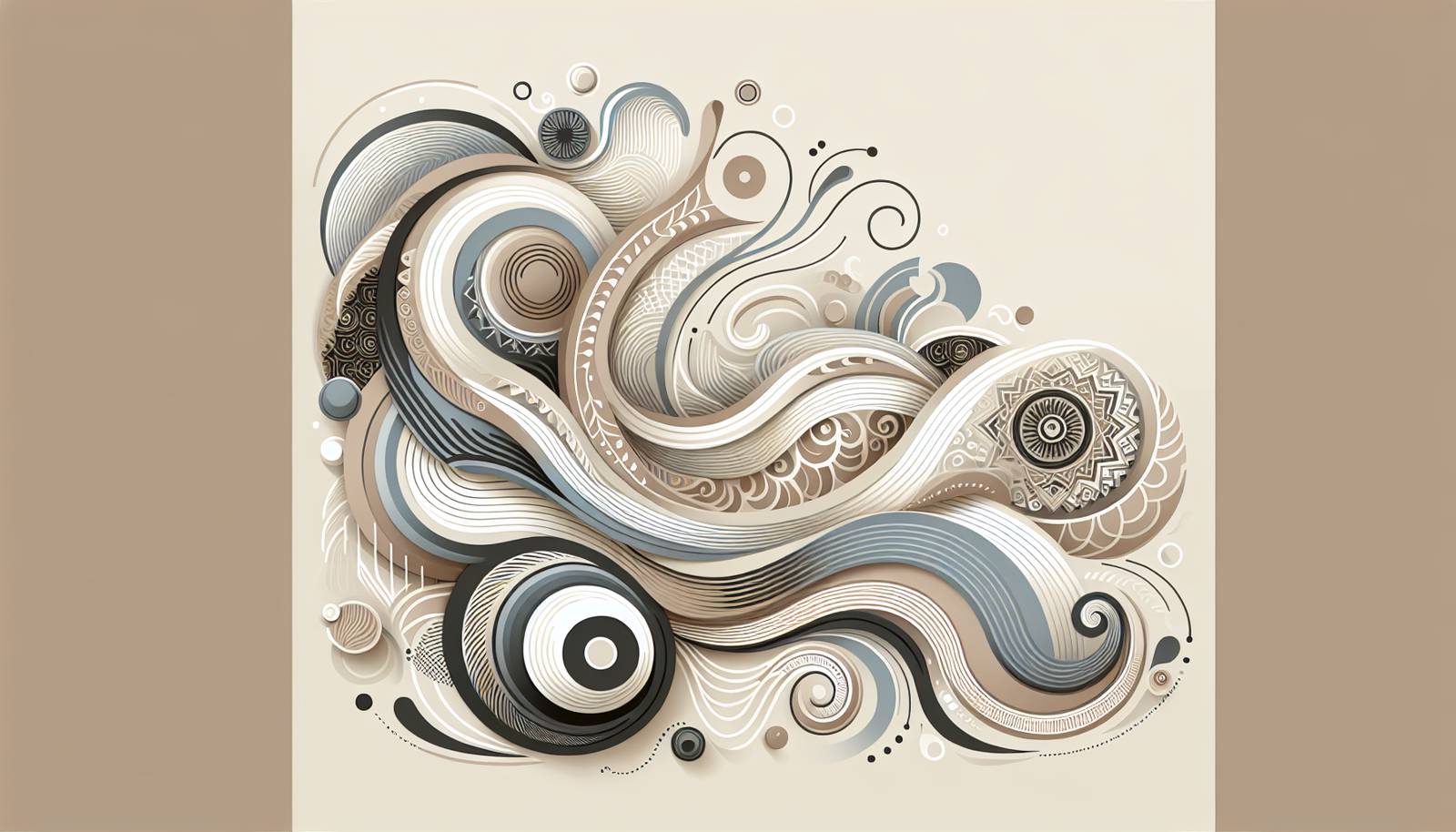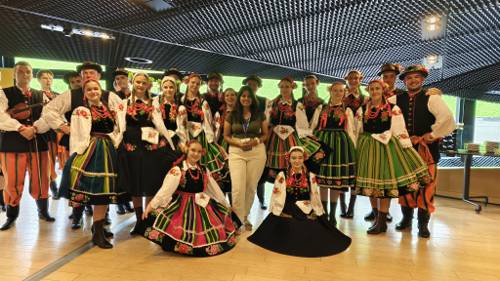
FAQ About The Role of Cultural Dance in Modern Fitness Trends

What is cultural dance and how is it used in modern fitness?
Cultural dance refers to dance forms that are traditionally associated with specific cultures or ethnicities and are often rooted in historical practices and traditions. In modern fitness, these dances are adapted into exercise routines to make workouts more engaging and to introduce participants to different cultural movements. They often retain key elements of the traditional dance but are modified to suit fitness goals.

What are the benefits of integrating cultural dance into fitness routines?
Integrating cultural dance into fitness routines can provide a range of benefits. Physically, it offers a full-body workout that improves cardiovascular health, flexibility, and muscle tone. It also enhances coordination and balance. Culturally, it encourages participants to learn about and appreciate different cultures, which can increase cultural sensitivity and awareness.

Which cultural dances are most popular in modern fitness?
Some of the most popular cultural dances used in modern fitness include Zumba, which incorporates Latin dance styles like salsa and merengue; Belly Dance, rooted in Middle Eastern traditions; and Bollywood dance, inspired by Indian film choreography. Each of these dances provides a unique combination of entertainment, cultural expression, and physical challenge.

How does cultural dance impact mental health in a fitness context?
Cultural dance has a positive impact on mental health when integrated into fitness. It can reduce stress and anxiety, boost mood, and improve confidence and self-esteem. Engaging in rhythmic movements to music also promotes emotional expression and social interaction, both of which are beneficial for mental well-being.

Are there any cultural considerations to be aware of when incorporating dance into fitness?
Yes, when incorporating cultural dance into fitness routines, it is important to be respectful and mindful of the origins and significance of the dance moves. This includes understanding and acknowledging the cultural history, avoiding appropriation, and seeking guidance from cultural specialists or instructors from the original dance background.

Can cultural dance be adapted for all fitness levels?
Absolutely, cultural dance can be adapted for various fitness levels. Instructors often modify movements to be more or less intense based on the participants' abilities. Beginners can start with basic steps and gradually increase the complexity and speed of the movements as their fitness improves.

What role does music play in cultural dance fitness classes?
Music is a crucial component of cultural dance fitness classes as it not only sets the rhythm for the movements but also connects participants to the cultural roots of the dance. The choice of music often reflects traditional sounds from the dance's culture, which can enhance the authenticity of the experience.

How can one find a cultural dance fitness class?
To find a cultural dance fitness class, you can search online for local fitness centers or dance studios offering such classes. Social media and event platforms also frequently advertise cultural dance sessions. It can also be beneficial to look for recommendations from friends or local cultural organizations.

What are the differences between cultural dance fitness classes and traditional dance classes?
The primary difference is that cultural dance fitness classes focus on achieving fitness goals such as improving stamina and muscle tone, while traditional dance classes often emphasize mastering the dance form's technique, style, and cultural nuances. Fitness classes may simplify or speed up dance moves to increase physical exertion.

Is cultural dance suitable for all ages?
Cultural dance can be suitable for all ages, as it can be easily modified to cater to different age groups. Many instructors offer classes specifically designed for children, adults, and seniors, adjusting the intensity and complexity to suit the participants' capabilities.

How do cultural dance fitness classes contribute to cultural preservation?
Cultural dance fitness classes contribute to cultural preservation by bringing traditional dance forms to a wider audience in a modern context. They teach participants about the history and significance of these dances, encouraging appreciation and respect for cultural heritage, which helps keep these traditions alive.

What types of apparel are recommended for cultural dance fitness classes?
For cultural dance fitness classes, it's best to wear comfortable and breathable workout clothing that allows for a full range of motion, such as leggings, shorts, or a comfortable top. Footwear depends on the dance style—some may require dance shoes, while others are best done barefoot or with flexible athletic shoes.
